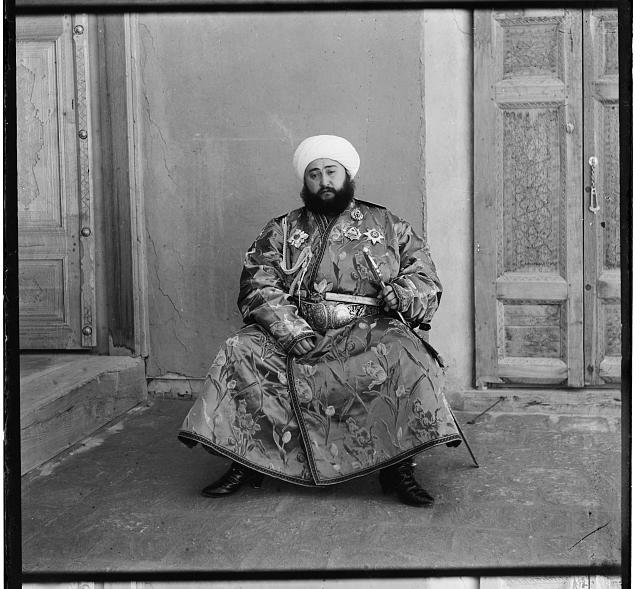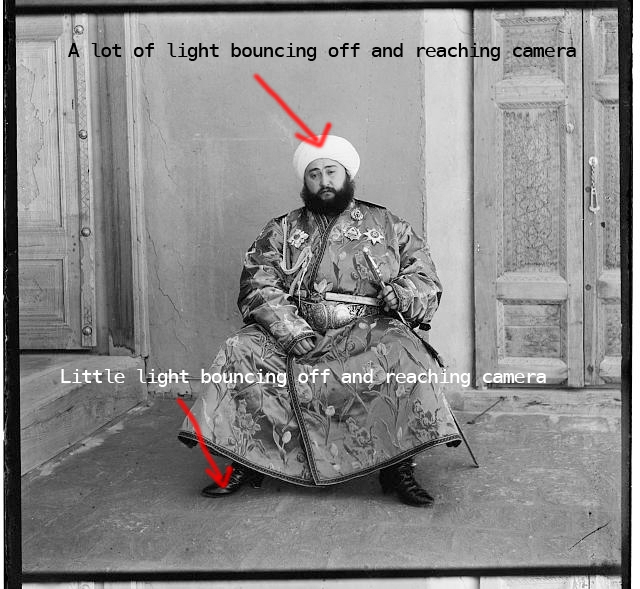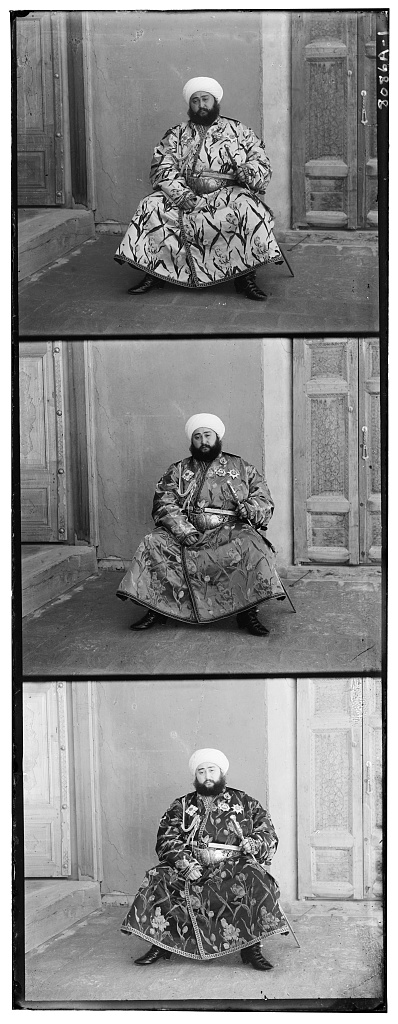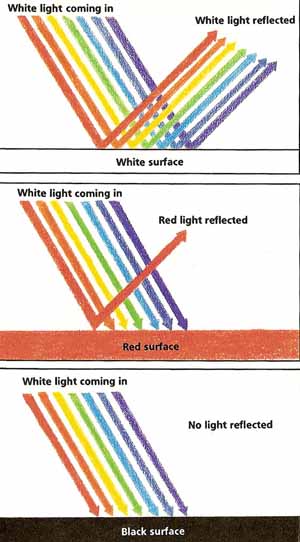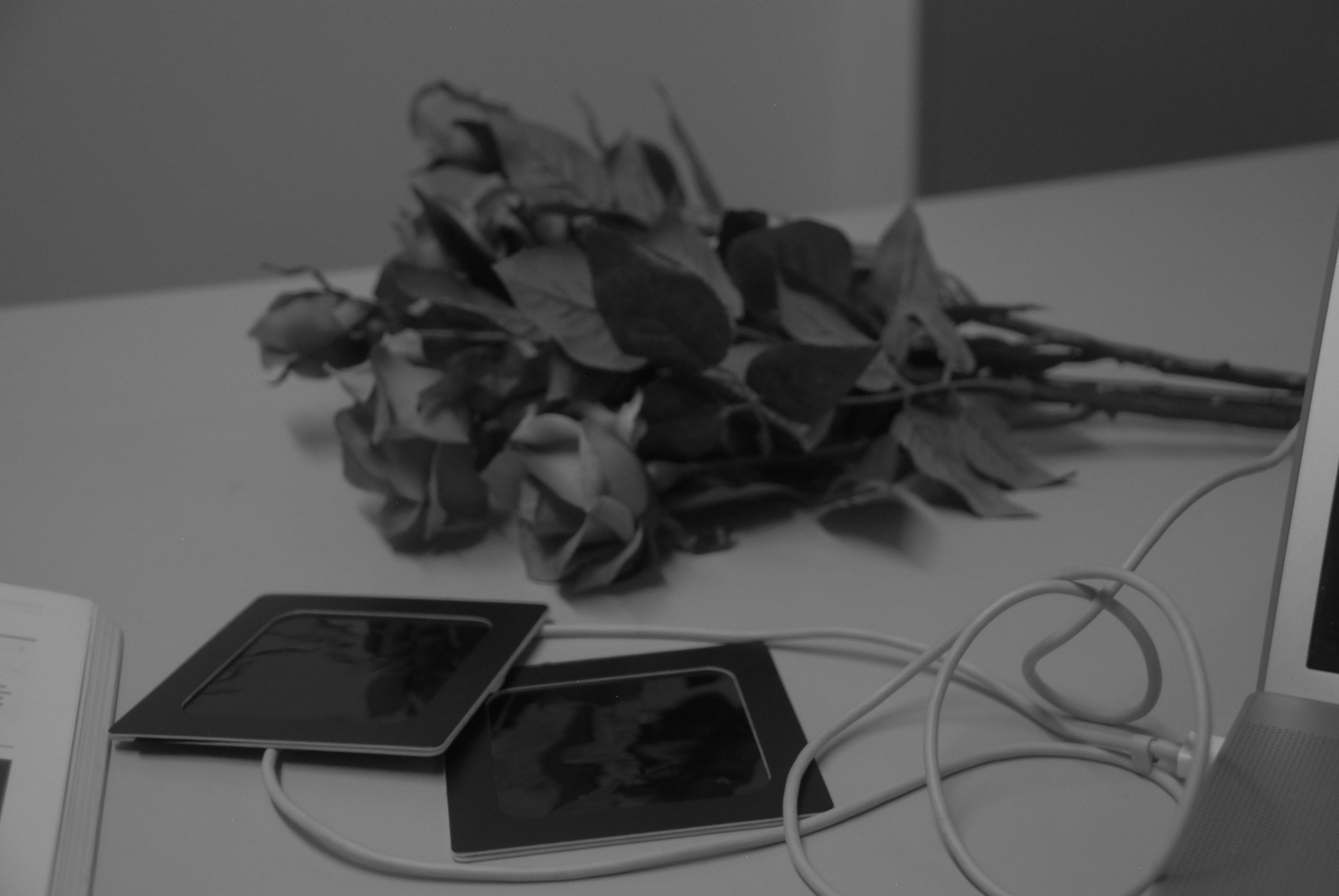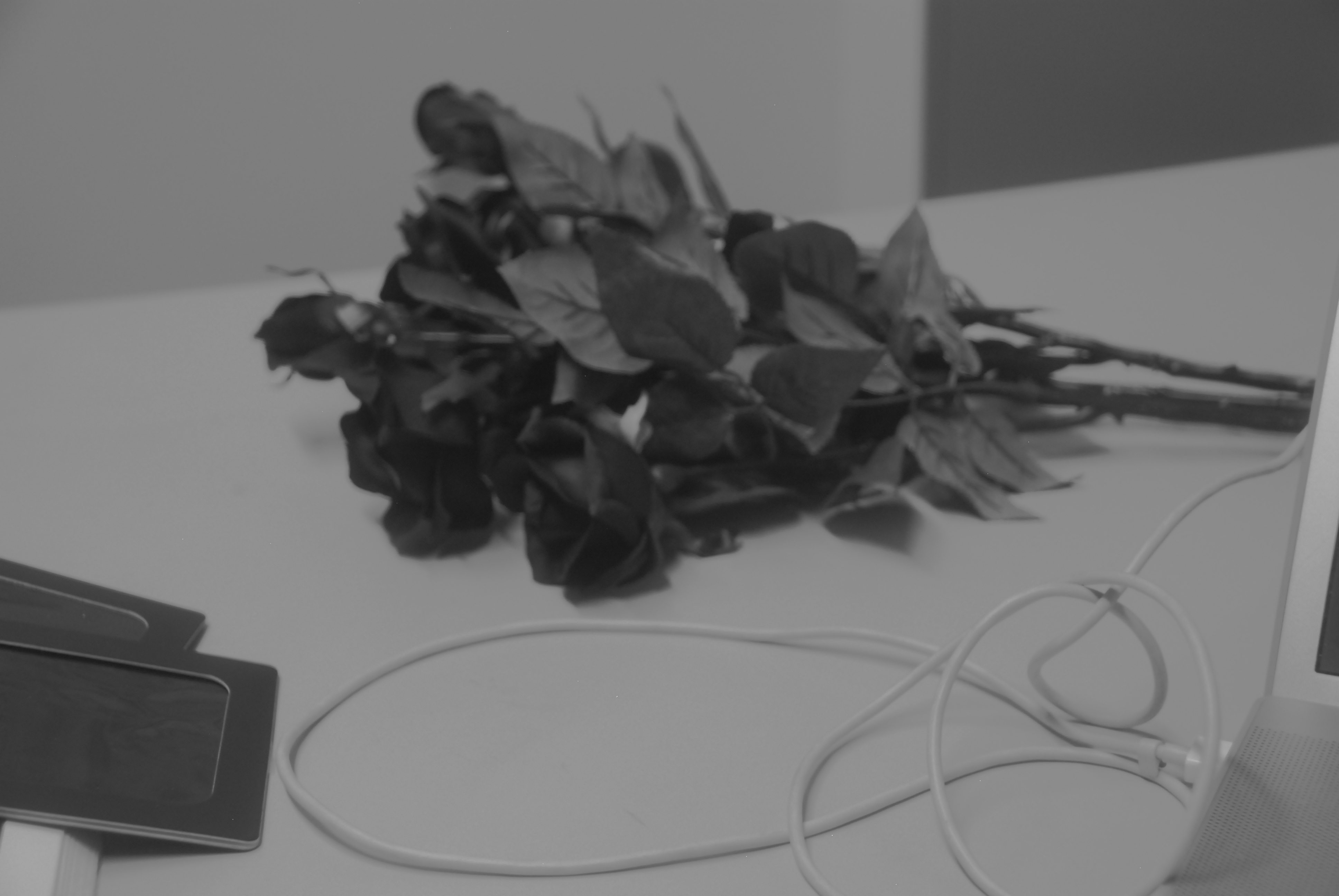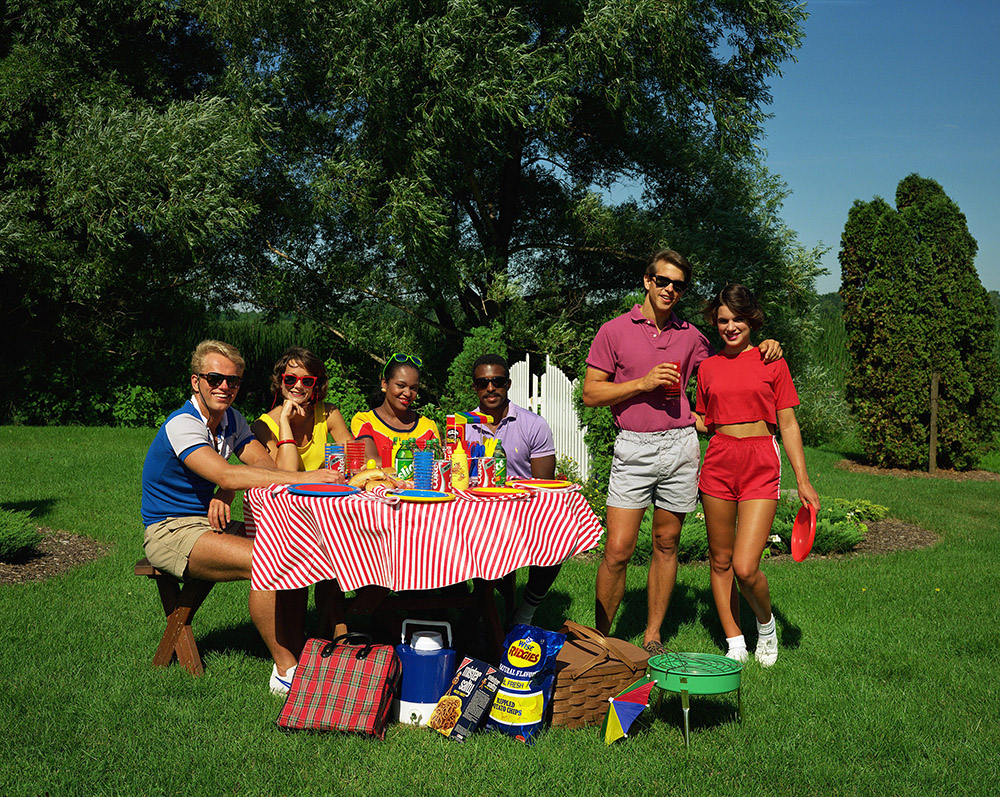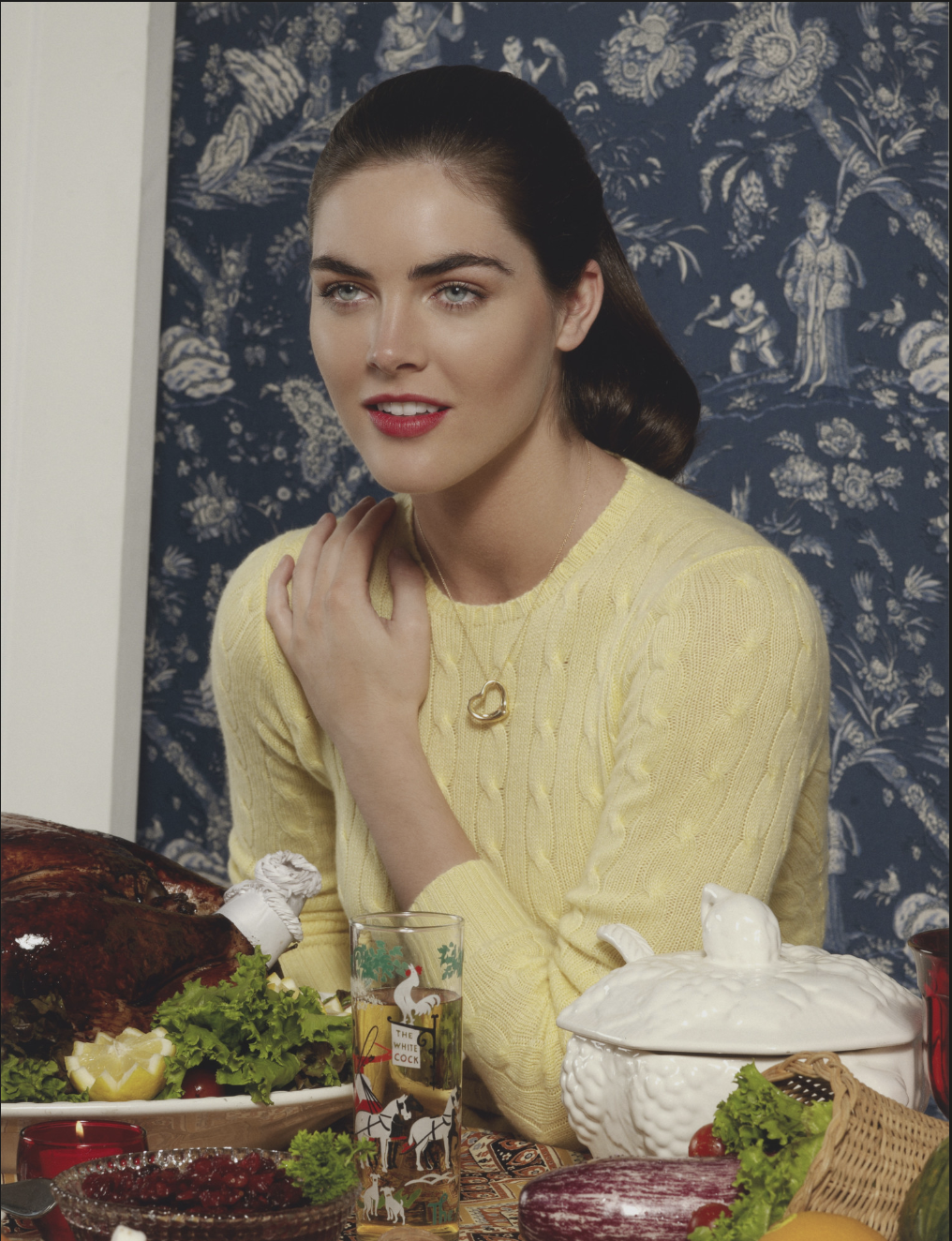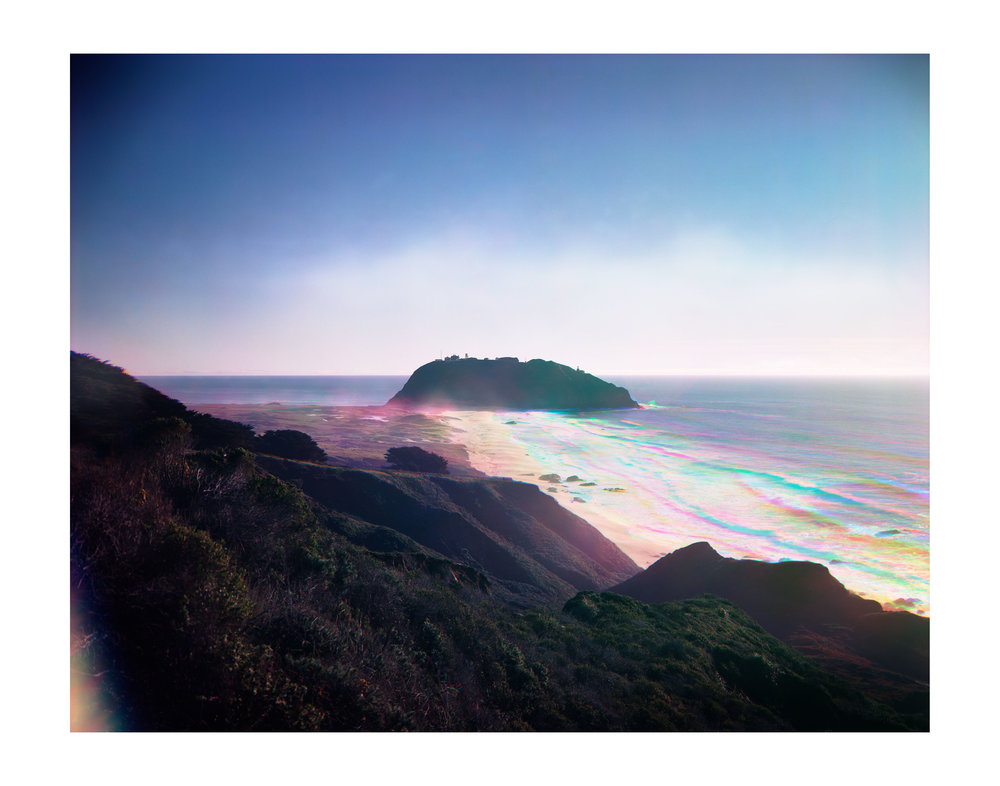In this workshop we will look at the basic method used in the
'
automatic recording and reproduction' of color.
By doing that, we will defamiliarize what we take for granted and
insert ourselves into the process (that is usually a black box to us)
that mediate between the world and a technically
produced image.
What is expected for this exercise
- Part 1: take three black and white photographs one with red,
one with green, and one with blue filters. Combine them to
recreate a color photograph to understand how media deals with color
- Part 2: explore. For example,
- the possibility of this techinque to make a compelling artistic image
- research/demonstrate other ways media creates color (eg. temporal mixing?)
- other related topics (see below for more ideas)
